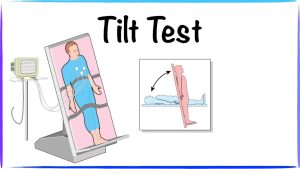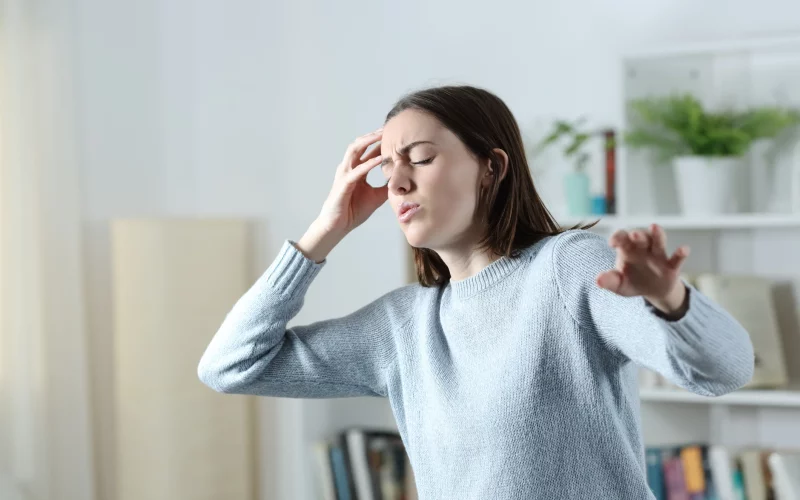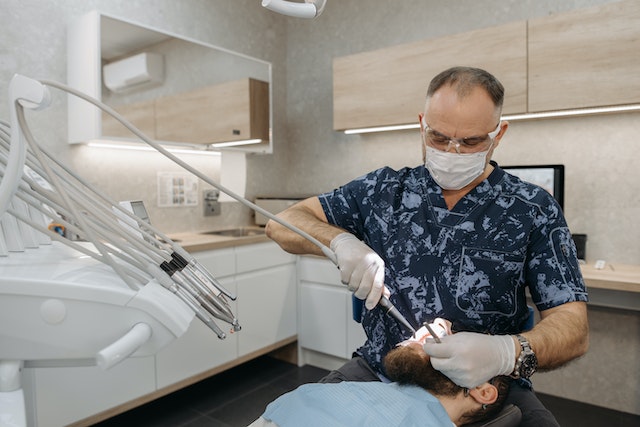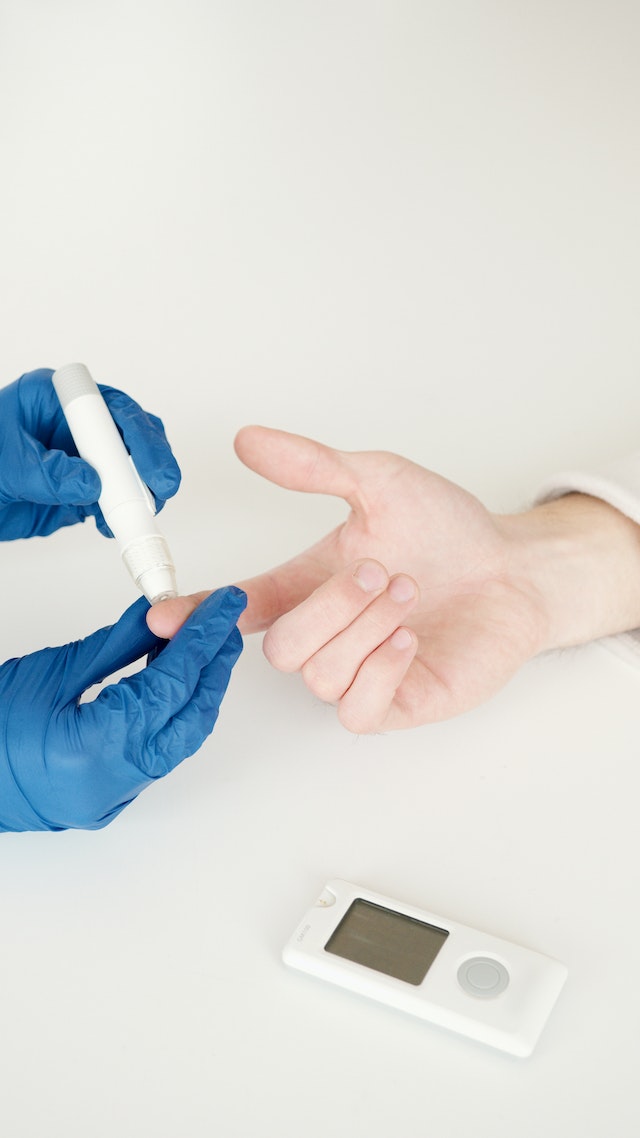Introduction
Postural Orthostatic Tachycardia Syndrome, commonly known as POTS, is a complex and often misunderstood disorder characterized by an abnormal increase in heart rate upon standing. This condition can lead to various symptoms, with dizziness being one of the most prevalent and debilitating. Understanding the causes, symptoms, and treatment options for POTS is crucial for individuals experiencing dizziness and related issues. In this comprehensive guide, we delve into the intricacies of POTS and provide insights into how to effectively manage its symptoms. Explore More About (Link between Covid And diabetes)
What is POTS?
POTS is a form of dysautonomia, a disorder of the autonomic nervous system responsible for regulating involuntary bodily functions such as heart rate, blood pressure, digestion, and temperature control. In individuals with POTS, there is dysfunction in the autonomic nervous system, particularly in the regulation of blood flow and heart rate when transitioning from lying down to standing up.

Symptoms of Dizziness POTS
The hallmark symptom of POTS is orthostatic intolerance, which refers to an exaggerated increase in heart rate when moving from a supine (lying down) to an upright position. This rapid heart rate, known as tachycardia, often leads to symptoms such as:
- Dizziness
- Lightheadedness
- Fainting or near-fainting (syncope or near-syncope)
- Fatigue
- Palpitations
- Headaches
- Brain fog or cognitive difficulties
- Nausea
- Sweating abnormalities

Dizziness Diagnosis
Diagnosing POTS can be challenging due to the variability of symptoms and the overlap with other conditions. However, healthcare providers typically rely on a combination of medical history, physical examination, and specialized tests to make an accurate diagnosis.
Tilt Table Test
One of the primary diagnostic tests for POTS is the tilt table test. During this procedure, the patient is strapped to a table that can be tilted to various angles while their heart rate and blood pressure are monitored. An abnormal increase in heart rate of 30 beats per minute or more (or a heart rate exceeding 120 beats per minute) within 10 minutes of standing is indicative of POTS.

Autonomic Function Testing
Autonomic function testing may also be performed to assess the functioning of the autonomic nervous system. This can include tests such as heart rate variability analysis, sudomotor testing, and quantitative sudomotor axon reflex testing (QSART).
Dizziness Treatment Strategies
Managing POTS requires a comprehensive approach tailored to the individual patient’s symptoms and needs. While there is no cure for POTS, various treatment strategies can help alleviate symptoms and improve quality of life.
Lifestyle Modifications
- Fluid Intake: Increasing fluid and salt intake can help expand blood volume and improve orthostatic tolerance.
- Physical Counterpressure Maneuvers: Techniques such as tensing leg muscles or wearing compression garments can help prevent blood from pooling in the legs upon standing.
- Dietary Changes: Avoiding large meals and minimizing consumption of alcohol and caffeine can help reduce symptoms.
- Graduated Exercise Program: Engaging in a structured exercise program under the guidance of a healthcare professional can improve cardiovascular fitness and tolerance to orthostatic stress.
Medications
- Beta-Blockers: Medications such as propranolol or metoprolol may be prescribed to reduce heart rate and manage symptoms of tachycardia.
- Fludrocortisone: This medication helps increase blood volume by promoting salt and fluid retention.
- Midodrine: Midodrine is a vasoconstrictor that can help raise blood pressure and alleviate symptoms of orthostatic hypotension.
- SSRIs or SNRIs: Selective serotonin reuptake inhibitors (SSRIs) or serotonin-norepinephrine reuptake inhibitors (SNRIs) may be prescribed to manage symptoms of anxiety or depression commonly associated with POTS.
Other Therapies
- Physical Therapy: A physical therapist can design a tailored exercise program to improve strength, balance, and flexibility, as well as teach coping strategies for managing symptoms.
- Cognitive Behavioral Therapy (CBT): CBT can help individuals develop coping skills and address psychological factors contributing to symptom severity.
- Intravenous Therapies: In severe cases of POTS, intravenous infusions of saline or other medications may be administered to rapidly increase blood volume and alleviate symptoms.

Lifestyle Modifications vs. Medications vs. Other Therapies
| Treatment Strategy | Description |
|---|---|
| Lifestyle Modifications | Focuses on non-pharmacological interventions such as dietary changes, fluid intake, and physical maneuvers to improve symptoms and quality of life. |
| Medications | Involves the use of pharmacological agents such as beta-blockers, fludrocortisone, and midodrine to manage specific symptoms of POTS and improve cardiovascular function. |
| Other Therapies | Includes physical therapy, cognitive behavioral therapy (CBT), and intravenous therapies aimed at addressing physical, psychological, and symptomatic aspects of POTS. |
Conclusion
POTS is a complex and challenging condition characterized by debilitating symptoms such as dizziness, lightheadedness, and fatigue. However, with proper diagnosis and a multidisciplinary treatment approach, individuals with POTS can effectively manage their symptoms and improve their quality of life. By understanding the underlying mechanisms of POTS and implementing targeted interventions, healthcare providers and patients alike can work together to alleviate symptoms and promote overall well-being.










